UPDATED APRIL 2023
Renaud Timson likes his whisky.
So much in fact, that that the Ottawa, Canada native is actually a bona fide, card-carrying member of the following organizations: Ontario Whisky Quarterly, The Scotch Malt Whisky Society of Canada and The Ottawa Whisky Guild.
He’s a certified whisky ambassador (accredited by The Scotch Whisky Society Association), possesses a bottle of Dalmore 25 Year Old Scotch (which he’s saving for retirement) and also is a popular member of the Ontario Whisky Lover’s Society, also known as O.W.L.S. OWLS is a near 2.6k-strong-and-growing Facebook group full of fiercely-devoted whisky lovers who range all the way from the wet-behind-the-ears whisky ‘noobs’ to seasoned whisky veterans like Renaud, who appear to possess the larger whisky collections within the group.
Renaud, who owns bottles of whisky that are older than any of his three adult children, is the kind of collector other members seem to look up to and may aspire to emulate in their pursuit for the next best bottle.
Members like Daniel Braun.
Braun’s a 31 year old from Prince Edward County, Ontario who’s a very active OWLS member with a rapidly growing collection of whiskies. In typical Canadian fashion, Braun humbly and apologetically talks about his collection, calling it “eclectic and mildly unfocused”. Despite having nearly an entire room full of whiskey bottles, Braun says he’s “still deciding on exactly what direction his collection will bend towards”.
Braun’s most prized possession is a bottle of Maccallan 25 Year Sherry Oak ($2,600 CAD).
For many whiskey collectors, it’s the thrill of the chase; capturing that limited-edition release bottle, finding that small batch bottle from some small remote craft distillery, or even that super-aged vintage bottle that has been maturing in a cask or on a shelf somewhere for the better part of almost a half century.
Of course for many, the ultimate reward comes in the form of that first sip from a newly-acquired whisky find.
Whisky may not cure the common cold, but it fails more agreeably than most other things.” – Anonymous
O.W.L.S.: Ontario Whiskey Lover’s Society
O.W.L.S. was born on Facebook in 2016, created by whiskey enthusiast and group admin Dan Hayes as a place for local whisky buffs to share tasting notes, favorite drams, whisky stories – and anything else whisky related. Hayes is also a host of a YouTube channel devoted to all things whisky called The Cask Strength Show, which currently has a solid 1.6k following.
Both OWLS and The Cask Strength Show have proven to be a hit among whisky enthusiasts.
In regards to OWLS, Hayes states that the group is “a judgement-free zone, where we encourage a philosophy of ‘the best whisky is the whisky you like and the best way to drink it is the way you like to drink it”, a mantra that is actually borrowed from another popular online whisky group known as Whiskey Tribe.
Hayes says that even if an OWL was to “prefer mixing their whisky dram with some Pepsi, no one gets judged within the group”.
Despite being a Canadian-based group, Hayes initially chose to include the ‘e’ within the spelling of the word whiskey, which is how it’s commonly spelled south of the border in the United States but not Canada, where the ‘e’ is typically omitted (as they also do is Scotland). he has since modified the name to omit the e.
Regardless of its spelling, whisk(e)y in its many different forms has seen a major boom over the past 10 years or so, and is among the most coveted (and also expensive) kind of spirit for thirsty collectors to hunt down and add to their collection.
To dig deeper into OWLS and art of collecting whisky, we’ve asked fellow OWLS Renaud Timson, Daniel Braun and group founder Dan Hayes some questions about what has drawn them to collect, share and enjoy whisky.
Q. When did whiskey collecting begin for you, and did you ever think it would grow to the size it is today?
Timson: Well, probably like your typical Canadian, I got into whiskey by drinking the quintessential ‘rye and ginger’, but it all started when a friend bought me a bottle of Laphroaig Quarter Cask. “Hey! This is different!” I thought. So bit by bit I started exploring… and exploring… and exploring. Then I took the Whiskies Of The World Class at Algonquin College, which is part of their Sommelier Program – and then the dam burst and it was off in earnest. I think I’m in the low 400’s [bottles] now. I stopped counting because I don’t want my bank account to yell at me.
Hayes: I started building my collection in 2015 with about 6 or 7 bottles of bourbon. I didn’t ever think it would get to the point it is today – over 300 different whiskies in total. Most are scotch – which is another situation I didn’t think i’d find myself in having started out as a strict bourbon drinker. Many of my whiskies are bottle splits and samples, ranging from 1 oz to 8 oz, which are a fantastic way to experience rare or expensive drams without the task of searching far and wide – or draining the bank account.
Every whiskey on my shelves will be opened and shared with family and friends. I am not interested in keeping unopened bottles.
Q. What’s your most prized whiskey possession and what’s the ‘best you’ve ever sipped’ within your collection?
Braun: My most prized possession is also the most expensive – but not for that reason. My Macallan 25 year old Sherry Cask 2019 release is an eye opening symbol for me of what the cellar has grown into. Having a bottle like that within my collection goes beyond merely alcohol hoarding – or a clear sign of alcoholism – and creates a bridge into the collecting and investing world of ‘high-end connoisseur whiskey’. With that said , the glasses I enjoy the most rarely have an association of big dollars and are geared more towards friends and community. I’ve been expanding and sharing some of my Wiser’s collection simply because it’s appreciated by so many great people in the groups I associate with such as the OWLS as well as several others. The best dram I’ve enjoyed is hard to nail down simply because I love so many different ones for different reasons! However, if I had to drink one for the rest of my life it would be from a sample of Wiser’s Red Letter 2014 release I received from a new friend. I’ve recently been able to track down a bottle of Red Letter for my collection and it’s actually on route at the moment!
Timson: I currently have a bottle of Dalmore 25 Year that’s waiting to be cracked on retirement day. I also have a ghost distillery expression: a 20 Year Old Pittyvaich [NOTE: the whisky is older than the distillery that made it lived for].
Hayes: My most prized whisky possession is a bottle of Glenfiddich 12 Year that belonged to my Grandad before he passed. It’s not a mind-blowing bottle, or hard to find, but the sentimental value is unmatched. I drink from it on Father’s day and on his birthday. The best I’ve ever sipped from my collection is a Redbreast Cream Cask 32 year. It was distilled in 1985, aged in ex-bourbon casks until 2011, then finished in a first fill Oloroso Sherry Butt. It epitomizes the potential of what a whisky can be.
Q. What’s the oldest whisky you’ve ever sipped from and and when do you feel whisky hits its peak maturity for your palate?
Timson: The 42 year Old Canadian Club Whisky Chronicles. Without going all whisky nerd – because I will on a dare – for me the sweet spot with aging is in the 15 to 25 year range.
Braun: I think the need for aging a whisky depends on a particular person’s preference. As whisky ages it changes and shifts in aromatics and palate toward characteristics that may not suitable for a novice, experienced or even expert palate. This is something I discovered while in the wine industry as I tried to convey that older isn’t always better for YOUR palate. As a result, I don’t believe there is a sweet spot for aging, as methods, ingredients, and barrels can be just as influential as time spent aging.
Hayes: The oldest I’ve tried is a 41-Year Old Canadian Club. I didn’t enjoy it. Every whisky has its own different peak for maturity. Some of the best drams I’ve had have been 6 years old or less. There is a myriad of factors that contribute to the overall quality of a whisky, and for me, age is the last one I look for. A whisky aged for 2 years in Texas in new charred oak will have more influence than the same whisky aged on the chilly seaside of Scotland for the same amount of time.
Whisky, like a beautiful woman, demands appreciation. You gaze first, then it’s time to drink.” – Haruki Murakami
Q. What is it about whisky that speaks to you to pursue such a passion?
Braun: Whisky is an expression of patience and forethought. It is a chemical and chronological concoction that can be appreciated for the distiller’s outlook toward perfection and desire to create a nectar for others. Whisky is a perfect balance of art and science where one cannot survive without the other and it’s for this reason I can appreciate and desire to expand into different and more broad types of drams. Focusing on just one type or producer can make you ignorant of what is really possible out there.
Timson: Ok, I’ll go whisky nerd here – but just a little. It’s whisky’s myths, mysteries and histories that appeal to me, as well as the stories that each whisky in my glass tells. It’s because whisky is more than a spirit; it’s a liquid time machine. Lastly, there are literally thousands of different whiskies with different flavor profiles from bold to subtle, from polite to in-your-face, from nuanced to very direct – and they’re all made with just water, yeast and grain.
Hayes: I could speak at great length on this one – but i’ll keep it short. The history, the process, traditions, stories and friendships that are formed over a dram are in my opinion – unmatched by any other food or drink. To borrow a saying from a fellow YouTuber, “aquavitae – it’s not whisky until it’s shared”.
Q. What’s Your Favorite International ‘whisky type’ to collect?
Timson: Anything outside ‘the big 5’ Don’t get me wrong, my stash is primarily made up from whiskies from Scotland, USA, Canada, Ireland and Japan. However, I like to add expressions from the rest of the whisky producing nations.
Hayes: While most of my collection is scotch, I wouldn’t say I have a single favorite type to collect. If I REALLY had to choose one type, I would have to go with Peated Islay Single malts. They make up the bulk of my stash. I’m a Peathead for sure.
Braun: Prior to early 2019 I was more focused on Scotch. Chasing down some different bottles to try and expand my palate and gain insight on various distilleries, regions and aging processes. However, as the year progressed being put in isolation due to a certain widespread virus, I’ve been scouring the internet and making more connections with people who are passionate in the domestic scenes of Canadian and American whiskies. For that reason I’ve been focusing on expanding my bourbon selection and trying to explore more of the amazing whiskies I can find in my own backyard of Canada. However, it’s hard being in Ontario, as the bourbon category is not a diverse import for the LCBO – but bourbon is certainly a diverse type of spirit – so when you finally get what you’re looking for, it’s awfully exciting.

Collect ’em all: Each bottle’s racehorse cap has a letter to spell out ‘Blanton’s’ (from the Braun collection)
Secondary channels such as travelling to the US, duty free stores or private sales are often required, because the normal selection is woeful and the lotteries are pathetically impossible to win. This is what makes the hunt so gratifying in the long run and the long trips to scrounge up bourbon bottles across this continent so much fun!
Q. Are there any ‘white whale’ bottles out there you’re still chasing?
Hayes: Ooh good question. There are lots of white whale bottles for me. If I had to choose, I would go with a Bruichladdich 1984. A 32 year. ’84 is my birth year, and Bruichladdich is my favorite distillery. This is both a hard to find and expensive bottle that I hope to add to my collection one day. Fingers crossed!
Braun: I’ve recently been able to find several of my ‘white whales’ to fill some gaps in my collection such as the Macallan Edition 1 and Wiser’s Union 52. However, I’m always on the look out for Pappy Van Winkle bourbon bottles, which seem to be nearly impossible to acquire in Ontario for retail due to the LCBO (Liquor Control Board of Ontario) and its erroneous lottery system and backdoor deals. Most desirable bourbon bottles I seek seem to be very difficult to obtain via conventional channels in Ontario or even Canada.
Timson: Highland Park 30 or 40 Year Old. Port Ellen 35 Year Old. Yamakazi 18 Year Old. Mackmyra’s Mötorhead whisky – c’mon who doesn’t love Lemmy? Mr. Sam Whiskey, Pappy Van Winkle 20 year old – yeah I get the hype, but I’d love one on my shelf. Readbreast 27, Glenmorangie Spios, The Maccallan Edition 01. I can keep going.
Q. Finally, what are your thoughts on Canadian whisky? What’s your Canadian favorite?
Timson: Two words: underrated and overlooked. The LCBO carries the big names and that’s great. Still, there are so many smaller distilleries from around your corner to all over the country that aren’t on the LCBO shelves. Now, finally you can order from some of the distilleries directly. As well, we can look to our fellow OWLS members. Whisky aficionados love to help each other out.
Braun: Canadian whiskies have certainly gained notoriety and fame over the years for competing on the global market and doing extremely well. Huge strides have been made for quality, brand awareness and collectability to such an extent that they can be contrasted directly alongside the world of scotch and bourbon. Perhaps it’s not on the same production or monetary scale but it’s certainly gaining popularity in terms of fandom and market share with amplified age statements and a more broad range of ingredients and treatments for each whisky. If one thing is for certain, you will never be bored in exploring and expanding your experience in the diverse playground of Canadian whisky.
Hayes: This might be my favorite question and probably the hardest for me to be brief about. Canadian whisky is currently on a very positive upswing, for quality more so than quantity. I was never into Canadian [whisky] that much, but recent years have seen some SPECTACULAR bottlings that are bringing us back to times when Canadian whisky was known as some of the best. The only “problem”, is that almost all of the good stuff stays in Canada – or sometimes even Ontario – leaving those out of country, out of luck. Distillers and blenders like Dr. Don Livermore, are breaking new ground with cask strength offerings, and cask strengths not previously used for Canadian whisky. I strongly recommend attending a Masterclass or Blending Class with Dr. Livermore for an unforgettable experience.
The Northern Border Collection released each fall from Corby Spirits is a shining example of tasty Canadian drams. Lot 40 Cask Strength, Wiser’s Dissertation, Wiser’s Seasoned Oak, Wiser’s 35 year Old, along with Gooderham & Worts and Pike Creek limited releases are all fantastic. I encourage anyone to try these bottlings. They will have a permanent spot on my shelves so long as they are available.
There are also a lot of lesser known distilleries who are releasing some quality whisky: Two brewers out of Yukon, Shelter Point out of British Columbia, and Eau Claire in Alberta are all worth exploring. I am extremely excited and look forward to the future of Canadian whisky!
– Kurt Bradley
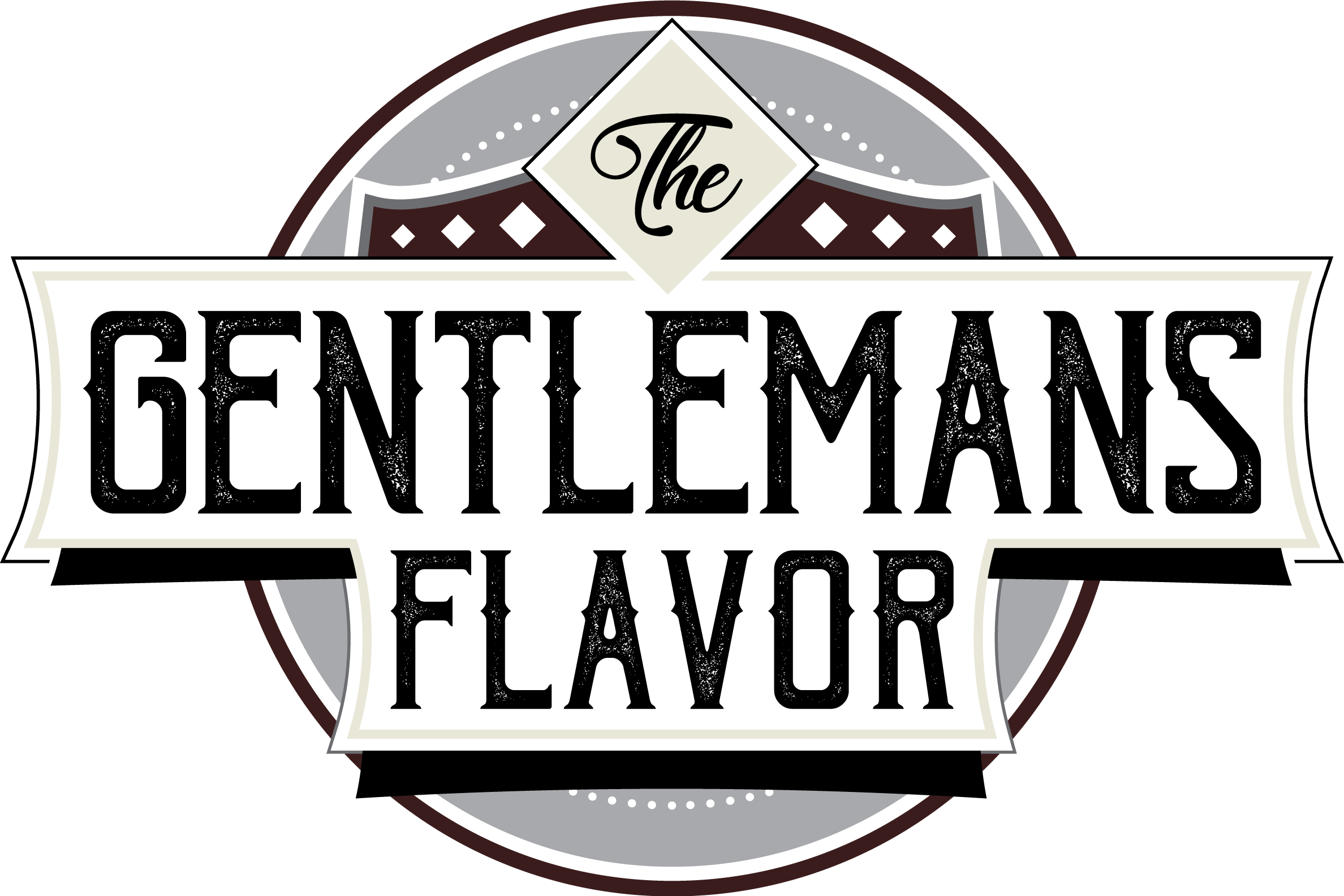















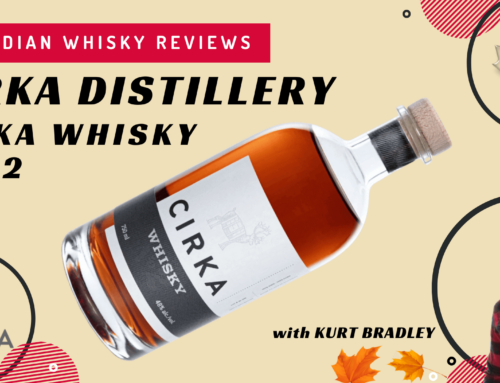
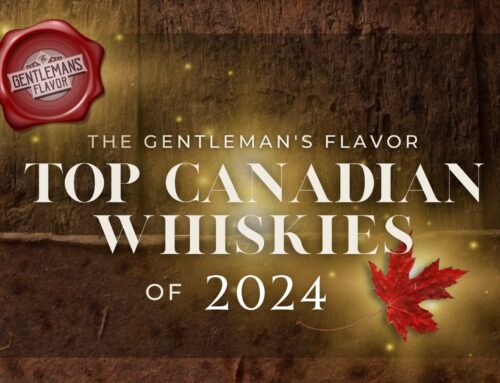
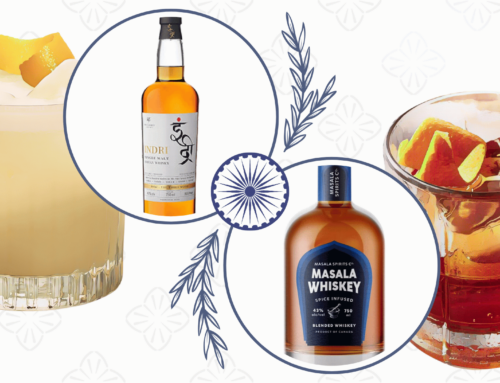

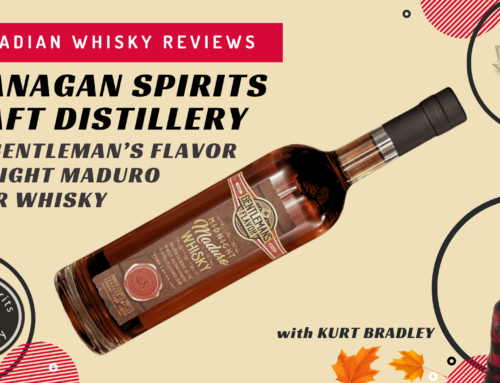
I currently found an un opened bottle of rye whiskey that is called Canadian Double Distilled, the LCBO label from 1971 is still in on and not broken. Is this worth anything? I know it doesn’t age in the bottle, but maybe it still tastes like something that was produced 50 years ago? You guys probably know. I can send a picture if interested.